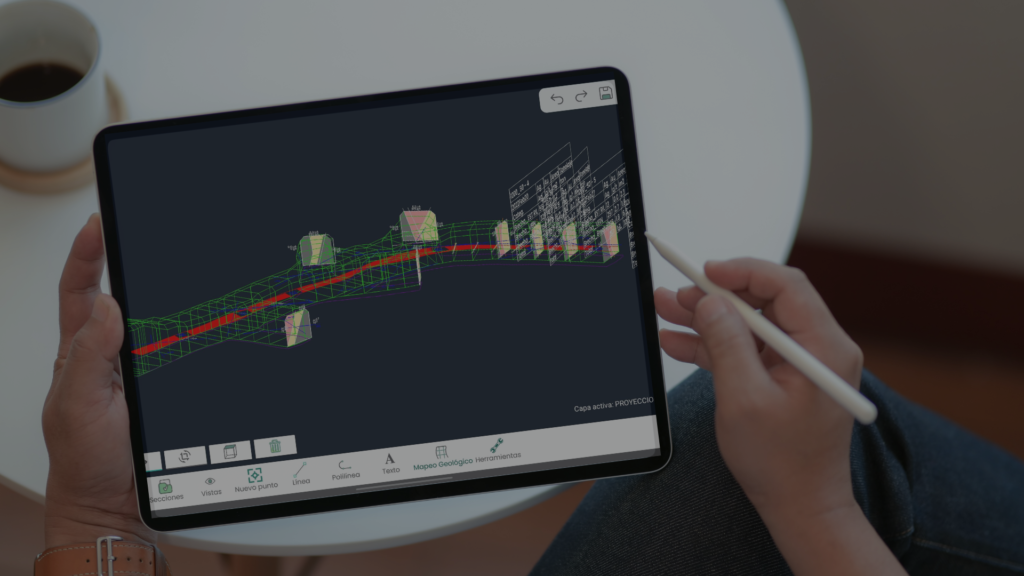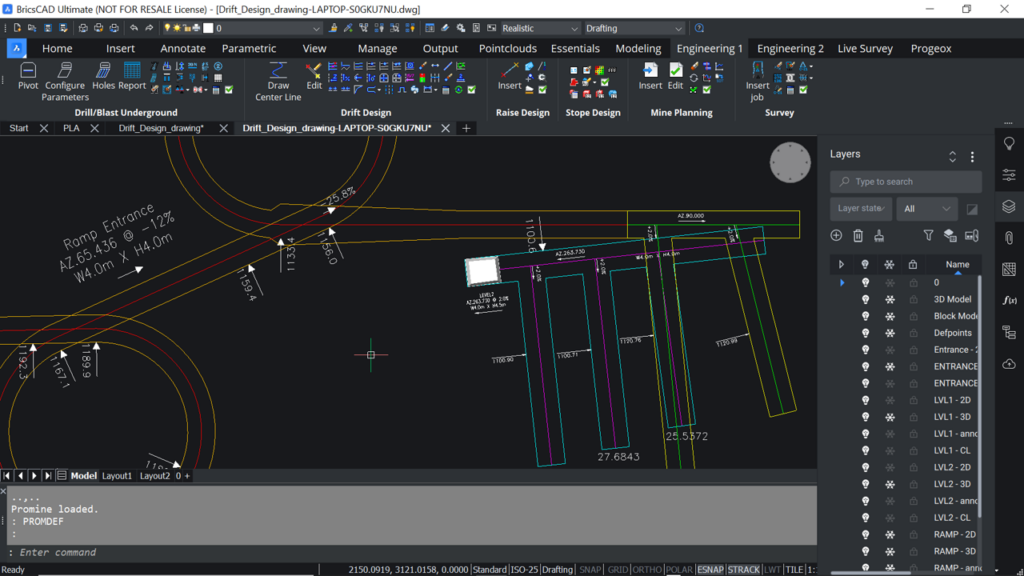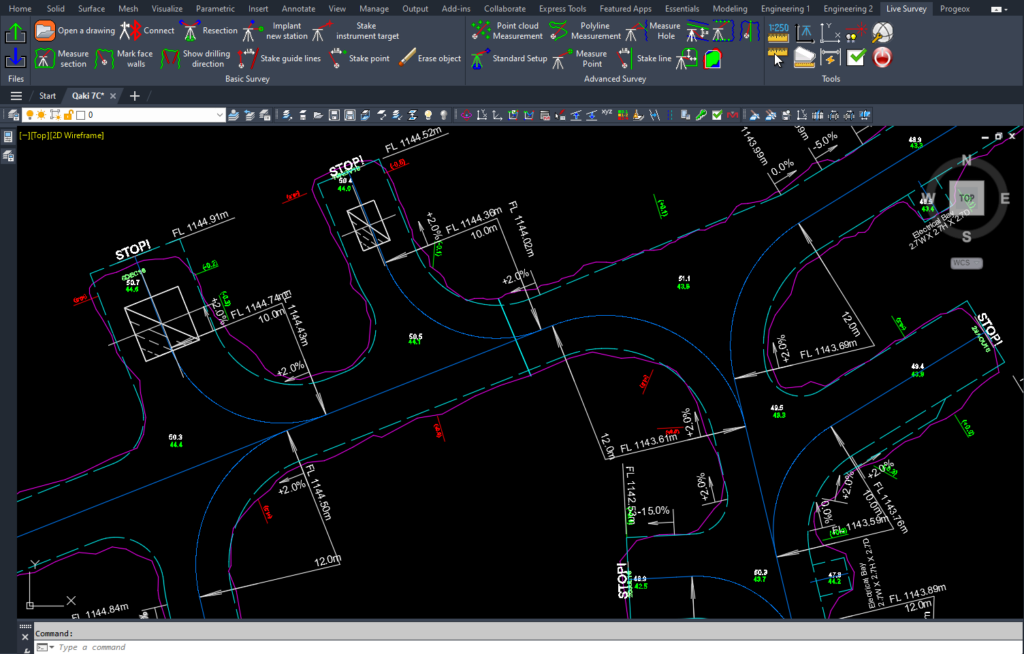Face Mapping is the process of systematically recording and analyzing the geological characteristics of the rock face or ore face as mining progresses. This process is a crucial aspect of grade control, especially in operations where ore bodies exhibit variability in mineral grade and geological features. This process allows geologists and miners to visually inspect the exposed rock face underground so that they can better differentiate between ore and waste. By accurately identifying the boundaries of the ore body, miners can selectively extract the ore while minimizing the amount of waste material removed.
Traditionally, face mapping has been carried out manually with pen and paper and has relied on the artistic skills of the geologist to best captures the different lithologies and structures on the face of the rock. Needless to say, this process was not only time-consuming but also posed safety risks to personnel who had to be in close proximity to the mine face for extended periods.
The arrival of face mapping technologies, such as the solutions provided by Promine’s Face mapping App, has helped to modernize this process and shorten the time that a geologist will spend underground collecting information from a fresh rock face. Geologists can now carry out face mapping tasks directly onto a tablet and be able to take pictures of the rock face, record structures, draw different lithologies, take notes, and integrate the new face map right into production modeling, all within a fraction of the time that it would have previously taken. Additional technologies being applied in the face mapping process are laser scanning, LiDAR (Light Detection and Ranging), and photogrammetry. By combining the use of all these technologies, it is possible to now capture high-resolution images of the mine’s surfaces and then use these images to create a three-dimensional model of the mine.
While face mapping technology offers significant benefits, its implementation in underground mines is not without challenges. These include the harsh environmental conditions in mines, the need for robust and reliable equipment, and the requirement for high computational power to process the data. Despite these challenges, the future of face mapping technology in mining looks promising. With advancements in AI and machine learning, the accuracy and capabilities of face mapping systems are expected to improve. Furthermore, the integration of face mapping with other technologies, such as drones and robotics, could open up new possibilities for remote and automated mining operations.
Overall, the use of digital technologies in underground face mapping allows for faster and more secure data gathering, nearly instantaneous integration of this data into production models, increased productivity by reducing the amount of time geologist spend underground, real-time tracking of the grade and volume of each face as it is mined, reduction of costs by gathering more accurate data, and increased profitability by an overall reduction of costs. As technology continues to advance, the role of face mapping technologies in underground mines is becoming more apparent and these technologies are quickly becoming must-have tools in any modern mining operations.






